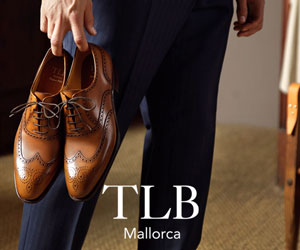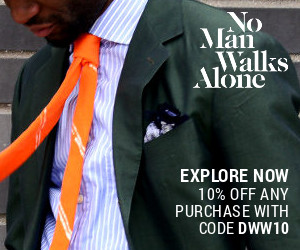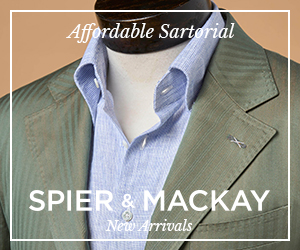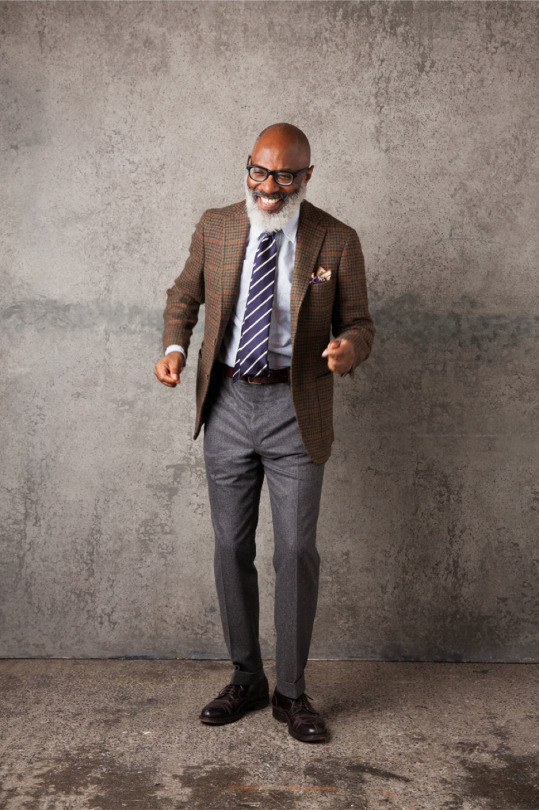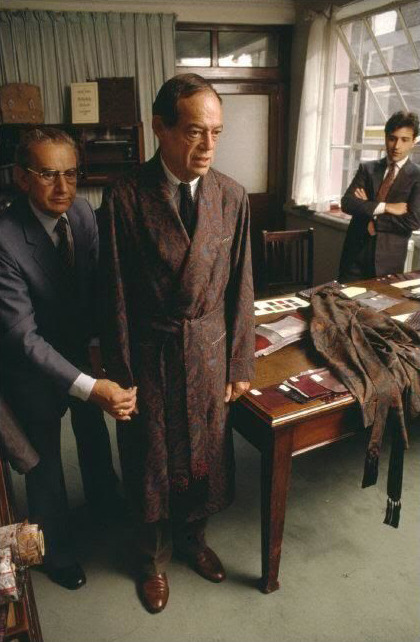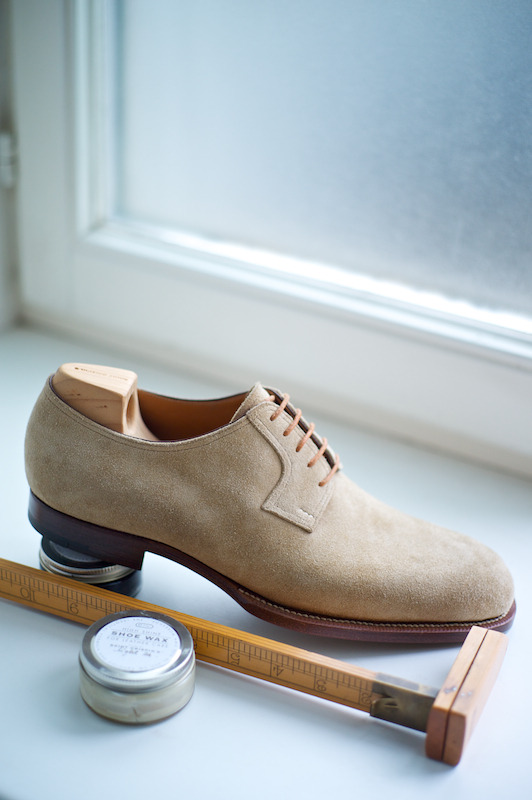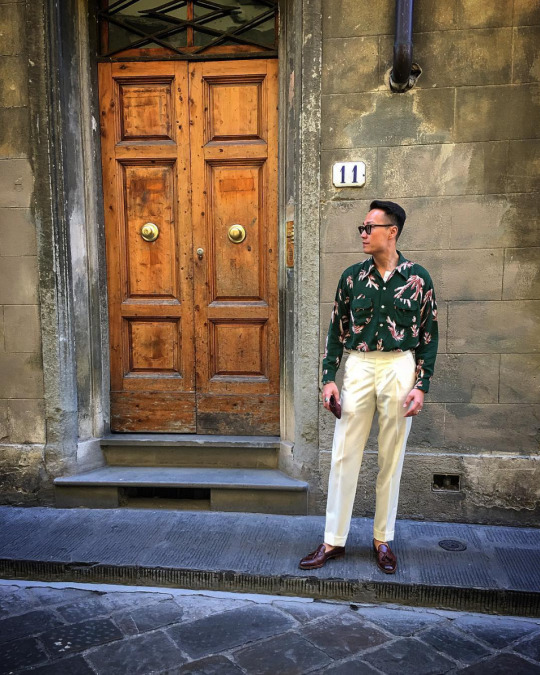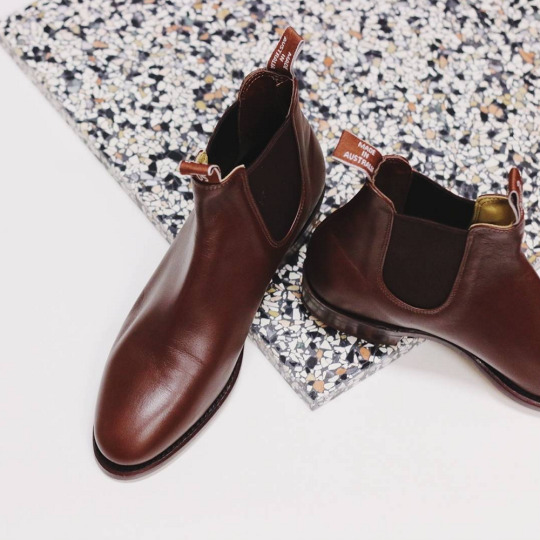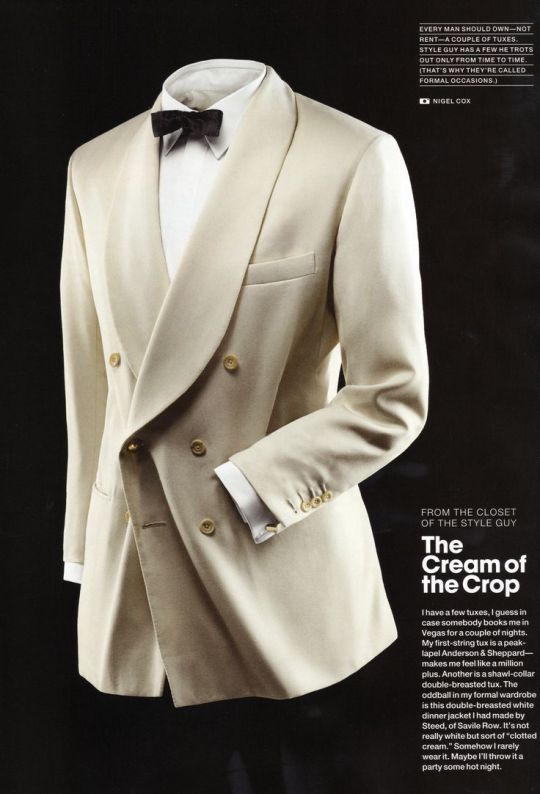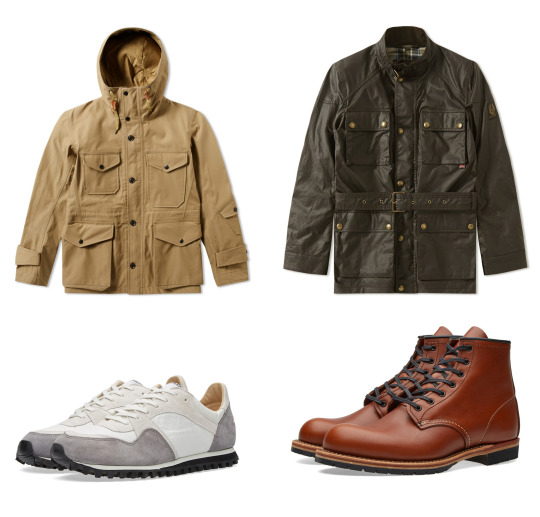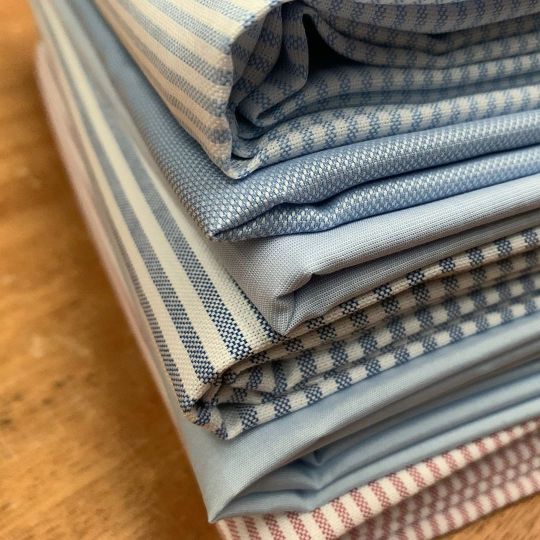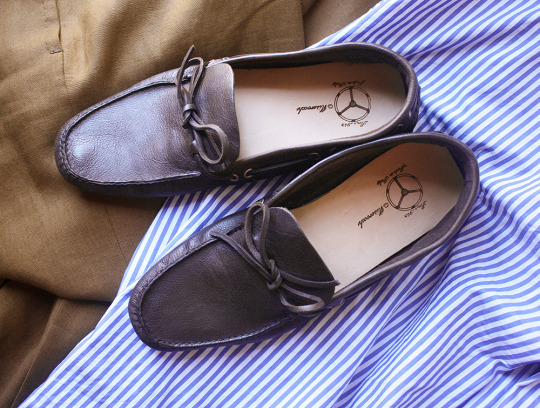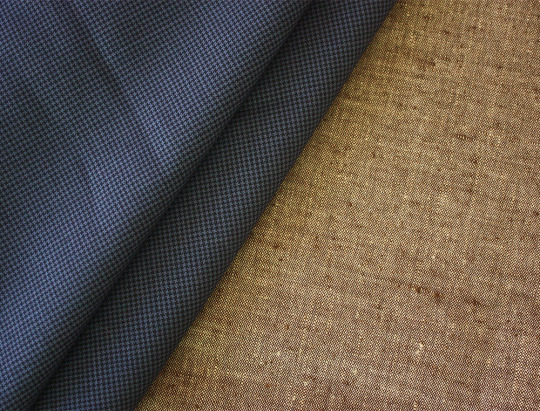
It’s been tremendously fun putting together these custom cloth runs. Subscribers have mostly been from Western Europe, East Asia, and the United States, although I’ve been happy to see other parts of the world represented. Earlier this year, a reader from Lebanon called me to phone-in his order, and we chatted for a while about Lebanese and Neapolitan tailors.
Last year, I wrapped up a tobacco brown Fresco project. Fresco being a porous weave, high-twist fabric that’s both breathable and wrinkle-resistant (making it good for both summer and travel). And two weeks ago, we just finished deliveries on a slubby silk/ linen I call “summer’s tweed” (partly inspired by this jacket on Taka from Liverano), as well as a rare, patterned Fresco in a blue-and-navy houndstooth. Both projects were about filling a hole in many men’s closets – warm weather suits and sport coats that have the kind of textures and patterns we love in the fall/ winter months, but struggle to find in tasteful combinations in spring/ summer.
Granted, these runs are only useful for readers who get custom clothes made, but in today’s market, there are so many options – MTO, MTM, and bespoke, either from local or traveling tailors, as well as the occasional remote, online operation. Although good, custom tailoring is always going to be expensive, there are increasingly more affordable options these days. I may put together a list of some of those options in a future post.
Keep reading
